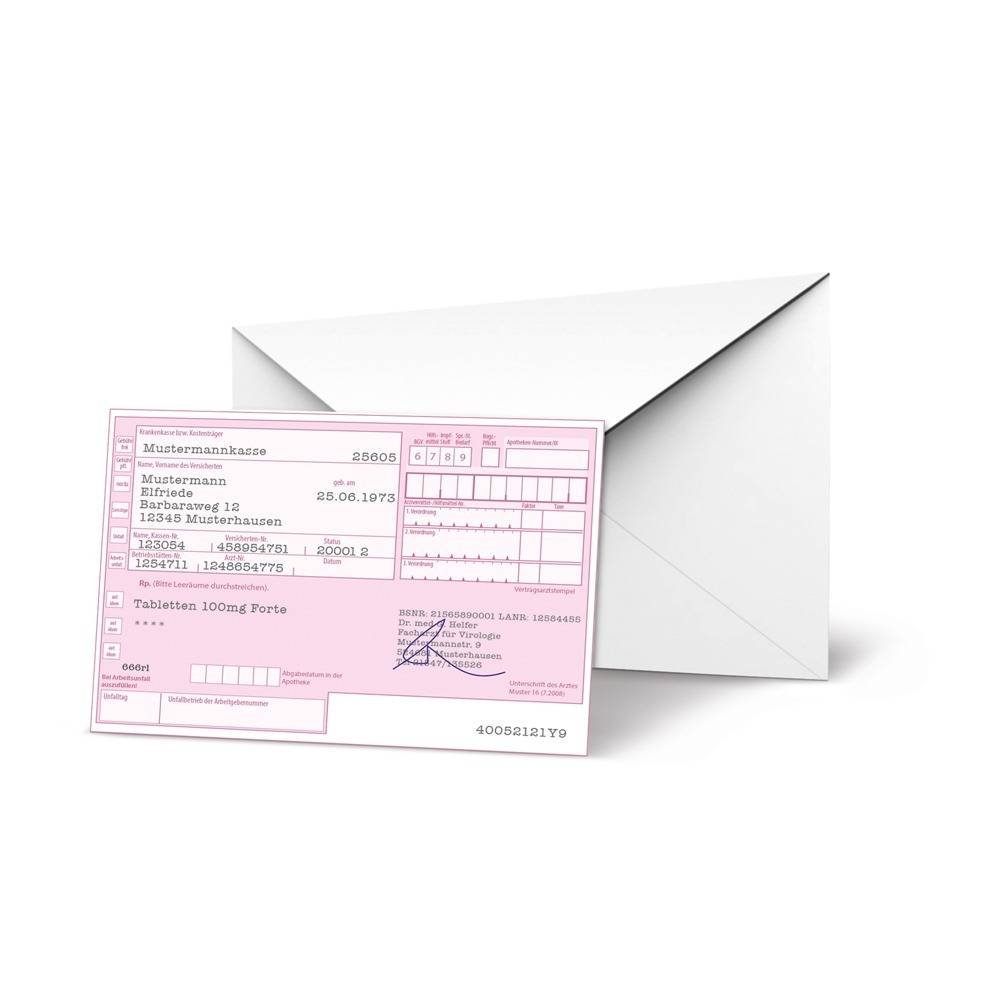Treatment of symptomatic anemia in adults with chronic renal failure
General
use the lowest approved dose at which the anemia and associated symptoms are adequately controlled
Closely monitor patients for hemoglobin levels
avoid persistent Hb levels > 12 g/dl (7.5 mmol/l).
Patient-specific variability in the hemoglobin concentration above and below the desired level is possible
in this case: dose adjustment taking into account the Hb target range
Dose adjustment if rise > 2 g/dl (1.25 mmol/l)/month or sustained Hb level > 12 g/dl (7.5 mmol/l)
dose reduction
by 25% during treatment of symptomatic anemia
by 25-50% in patients with chemotherapy-induced anemia
Hemoglobin > 13 g/dl (8.1 mmol/l):
Therapy interruption until hemoglobin < 12 g/dl (7.5 mmol/l)
then resumed at 25% lower dose (than previous)
consider all other causes of anemia (e.g. iron deficiency, haemolysis, blood loss, vitamin B12 or folic acid deficiency) and treat them before starting therapy
Check iron status before and during treatment and, if necessary, oral iron supplementation (important for optimal response)
Patients with chronic renal failure and serum ferritin levels < 100 ng/ml
200 – 300 mg Fe(II) / day
Children: 100 – 200 mg Fe(II) / day
Cancer patients with transferrin saturation < 20%
200 – 300 mg Fe(II) / day
Sudden loss of effectiveness (reduction in Hb levels by 1 – 2 g/dl/month) with an increased need for transfusions
Determine reticulocyte count and investigate common causes of non-response (e.g. iron, folic acid and vitamin B12 deficiencies, aluminum toxicity, infections or inflammation, blood loss and hemolysis).
Symptoms and sequelae vary with age, gender, and overall disease
medical assessment of the clinical course of the disease and condition of each individual patient is necessary
Treatment of symptomatic anemia in adults and children with chronic renal failure
Treatment in 2 phases: correction and maintenance phase
hemodialysis patients
Adult
correction phase
50 IU / kg body weight 3 times / week
if dose adjustment is necessary
at intervals of at least 4 weeks
in steps of 25 IU / kg body weight 3 times / week
maintenance phase
Hb target concentration: 10 – 12 g/dl (6.2 – 7.5 mmol/l)
Recommended total weekly dose: 75 – 300 IU / kg body weight
Patients who initially have very low Hb (< 6 g/dl or < 3.75 mmol/l) may require higher maintenance doses than patients in whom the initial anemia is less severe (Hb > 8 g/dl or > 5 mmol/l)
Original
Behandlung der symptomatischen Anдmie bei Erwachsenen mit chronischer Niereninsuffizienz
Allgemein
niedrigste zugelassene Dosis, die eine ausreichende Kontrolle der Anдmie und der damit verbundenen Symptome ermцglicht, anwenden
Patienten hinsichtlich des Hдmoglobinspiegels engmaschig ьberwachen
anhaltende Hb-Spiegel > 12 g/dl (7,5mmol/l) vermeiden
Variabilitдt in der Hдmoglobinkonzentration ober- u. unterhalb des gewьnschten Spiegels patientenindividuell mцglich
in diesem Fall: Dosisanpassung unter Berьcksichtigung des Hb-Zielbereiches
Dosisanpassung wenn Anstieg > 2 g/dl (1,25 mmol/l) / Monat o. anhaltender Hb-Spiegel > 12 g/dl (7,5mmol/l)
Dosisreduktion
um 25 % wдhrend Behandlung der symptomatischen Anдmie
um 25 – 50 % bei Patienten mit chemotherapieinduzierter Anдmie
Hдmoglobin > 13 g/dl (8,1 mmol/l):
Therapieunterbrechung bis Hдmoglobin < 12 g/dl (7,5 mmol/l)
anschlieЯende Wiederaufnahme mit 25 % niedrigerer Dosis (als vorherige)
alle anderen Anдmieursachen (z.B. Eisenmangel, Hдmolyse, Blutverlust, Vitamin-B12- o. Folsдuremangel) berьcksichtigen u. vor Beginn der Therapie behandeln
vor u. wдhrend Behandlung Eisenstatus ьberprьfen u. falls notwendig orale Eisensubstitution (wichtig fьr optimales Ansprechen)
Patienten mit chronischem Nierenversagen u. Serumferritinspiegel < 100 ng/ml
200 – 300 mg Fe(II) / Tag
Kinder: 100 – 200 mg Fe(II) / Tag
Tumorpatienten mit Transferrinsдttigung < 20 %
200 – 300 mg Fe(II) / Tag
plцtzlicher Wirkverlust (Verminderung der Hb-Werte um 1 – 2 g/dl / Monat) mit erhцhtem Bedarf an Transfusionen
Retikulozytenwert bestimmen u. ьbliche Ursachen fьr ein Nichtansprechen (z.B. Eisen-, Folsдure- und Vitamin-B12-Mangel, Aluminiumintoxikation, Infektionen o. Entzьndungen, Blutverlust und Hдmolyse) untersuchen
Symptome u. Folgeerscheinungen variieren abhдngig von Alter, Geschlecht u. Gesamterkrankung
дrztliche Bewertung des klinischen Krankheitsverlaufes u. -zustandes bei jedem einzelnen Patienten notwendig
Behandlung der symptomatischen Anдmie bei Erwachsenen und Kindern mit chronischem Nierenversagen
Behandlung jeweils in 2 Phasen: Korrektur- und Erhaltungsphase
Hдmodialysepatienten
Erwachsene
Korrekturphase
50 I.E. / kg KG 3mal / Woche
falls Dosisanpassung notwendig
in mind. 4-wцchigen Abstдnden
in Schritten von 25 I.E. / kg KG 3mal / Woche
Erhaltungsphase
Hb-Zielkonzentration: 10 – 12 g/dl (6,2 – 7,5 mmol/l)
empfohlene wцchentliche Gesamtdosis: 75 – 300 I.E. / kg KG
Patienten mit anfдnglich sehr niedrigem Hb-Wert (< 6 g/dl o. < 3,75 mmol/l) benцtigen ggf. hцhere Erhaltungsdosen als Patienten, bei denen die anfдngliche Anдmie weniger schwer ausgeprдgt ist (Hb > 8 g/dl o. > 5 mmol/l)
Top products, popular medicines, medicines from Europe, medicines from the Czech Republic, Germany, Poland
Buy Abseamed
Price Abseamed
Цена Abseamed
Купить Abseamed












